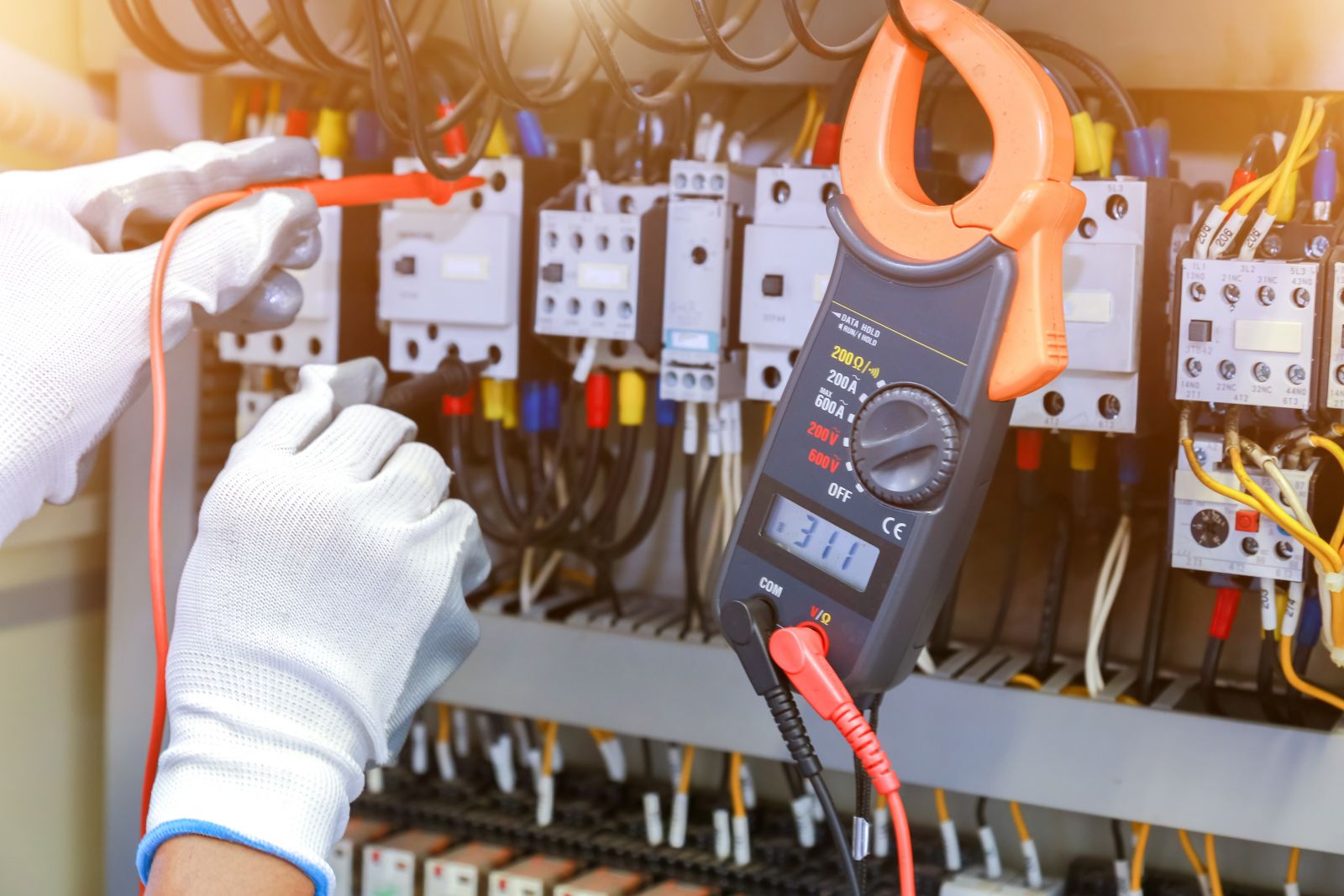Machinery Directive Guide
The Machinery Directive 2006/42/EC is a set of EU health and safety requirements that apply to new and modified machinery used in the workplace. ...
We're actively recruiting for a range of roles across sales, engineering, IT and warehouse. Check our careers page to see open positions including apprenticeships.

Whether you’re moving a single piece of equipment or an entire production line, our trusted team of engineers can support every step of your move, from rigging to end-to-end relocation support across the globe.

Table of Contents
The Low Voltage Directive 2014/35/EU, also known as the LVD, is a set of product safety requirements that apply to electrical equipment in the European Economic Area (EEA).
Its purpose is to ensure that electrical equipment poses no risk to users or their surroundings.
It’s also one of several directives that fall under the broader CE marking framework. Where applicable, compliance with this Directive is a legal requirement for affixing the CE mark to machinery, equipment, or products intended for sale within the EEA.
In this guide, you’ll find a clear breakdown of what the LVD covers, who must comply, the testing and documentation involved, and how to achieve full conformity as part of the CE marking process.
You can download the full version of the LVD here.

LVD is a set of product safety requirements that apply to electrical equipment in the EEA.
It applies to equipment used within certain voltage limits (50–1,000 V for alternating current and 75–1,500 V for direct current) and include health and safety measures to ensure that electrical equipment poses no risk to users or their surroundings.
The directive applies to most items of electrical equipment, including:
Manufacturers are responsible for design and production that ensures LVD-relevant electrical equipment is compliant.
Under LVD, equipment must be:
In Great Britain, the Health and Safety Executive (HSE) enforces regulations set out by the LVD.
Non-compliance with the LVD is an offence that can lead to a fine, imprisonment, or both. Non-compliant equipment and products may be recalled from the EEA market immediately.
The European Commission advises that LVD does not require a notified body to assess equipment. You, as the manufacturer, are responsible for carrying out conformity assessment procedures.
Start by confirming whether your product falls within the LVD’s voltage range (50–1,000 V AC or 75–1,500 V DC). Then, select the harmonised standards that apply to your product.
Conduct a structured risk assessment to identify hazards and evaluate risks. Document compliance by mapping each requirement from harmonised standards and essential objectives. Then, use the findings to ensure the equipment satisfies the LVD’s essential safety objectives.
Under the LVD, you are required to establish technical documentation that demonstrates conformity equipment with the Directive's essential requirements.
This documentation must be sufficiently detailed to allow for the assessment of the product's compliance and should encompass all relevant aspects of design, manufacture, and operation.
The technical documentation should include:
The manufacturer must keep this documentation for 10 years after the equipment is placed on the market and should make it available to the competent national authorities upon request.
Electrical equipment often falls under more than one EU directive. LVD doesn’t cover all safety or performance aspects of a product.
For example, equipment may also fall under the the EMC Directive or Machinery Directive, as well as LVD.
In these cases, the manufacturer must:
Note that, the CE mark does not indicate conformity with a single directive. It represents compliance with all EU legislation applicable to the product.
Download our free guide here for more information on complying with CE regulations.
Our start-to-finish electrical equipment safety testing service for large and medium-sized capital equipment covers every step of the process, from testing against relevant measures to compiling your technical documentation and addressing remedial actions.
Head to our electrical equipment safety testing service page here to find out more.
Stay up to date with the latest news and resources from our experts.

The Machinery Directive 2006/42/EC is a set of EU health and safety requirements that apply to new and modified machinery used in the workplace. ...

The Electromagnetic Compatibility (EMC) Directive 2014/30/EU is one of the key pieces of legislation that governs the placement of electrical and...

If your business owns, operates or controls work equipment, you must comply with the Provision and Use of Work Equipment Regulations 1998 (frequently...